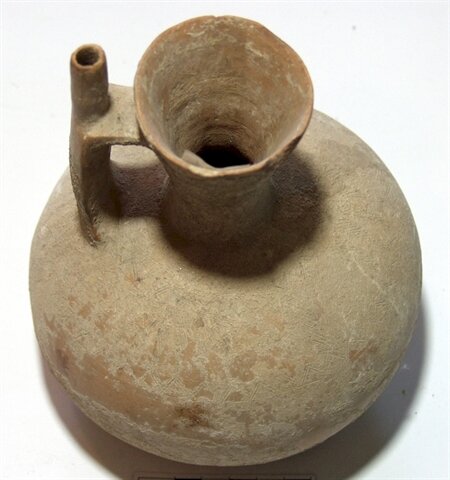50 ancient objects to gain former glory

TEHRAN –A selection of 50 historical objects are scheduled to be restored by teams of cultural heritage experts and restorers in west-central Zanjan province, provincial tourism chief has said.
The historical collection is composed of coins and clay objects discovered from different historical sites scattered across the province, Amir Arjmand said on Thursday.
The selected objects include 19 copper coins, six silver coins, and 25 clay utensils discovered from historical cemeteries, the official explained.
He also noted that the project aims at cleansing, restoring, strengthening, and preserving the objects, mostly dating back to the Iron Age.
Iron Age is in fact final technological and cultural stage in the Stone–Bronze–Iron Age sequence. The date of the full Iron Age, in which this metal, for the most part, replaced bronze in implements and weapons, varied geographically, beginning in West Asia and southeastern Europe about 1200 BC but in China not until about 600 BC, according to the Encyclopedia Britannica.
Although in West Asia iron had limited use as a scarce and precious metal as early as 3,000 BC, there is no indication that people at that time recognized its superior qualities over those of bronze.
Zanjan is one of the cities founded by Sassanid King Ardashir I (180-242 CE). The province makes a base for wider explorations with the architectural wonder of Soltaniyeh, the subterranean delights of the Katale-Khor caves, colorful mountains, and the UNESCO-registered Takht-e Soleiman ruins are nearby.
In late January, Zanjan was designated as a “world city of filigree” by the World Crafts Council after the WCC assessors visited various craft workshops, stores, exhibits, and bazaars of a city in a two-day itinerary last December.
Filigree consists of curling, twisting, or plaiting fine, pliable metal threads and soldering them at their points of contact with each other with a metal groundwork.
ABU/AFM

Leave a Comment